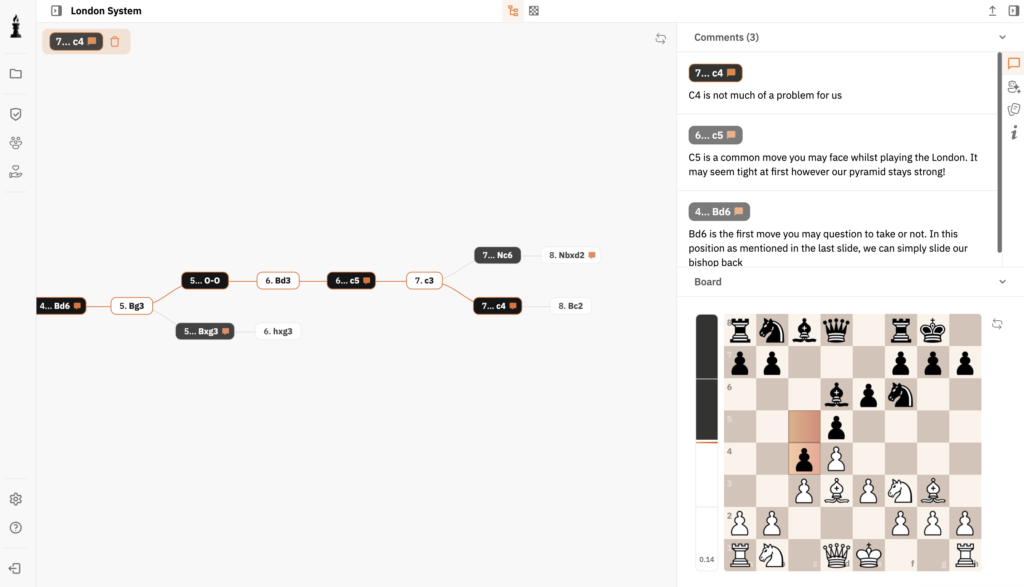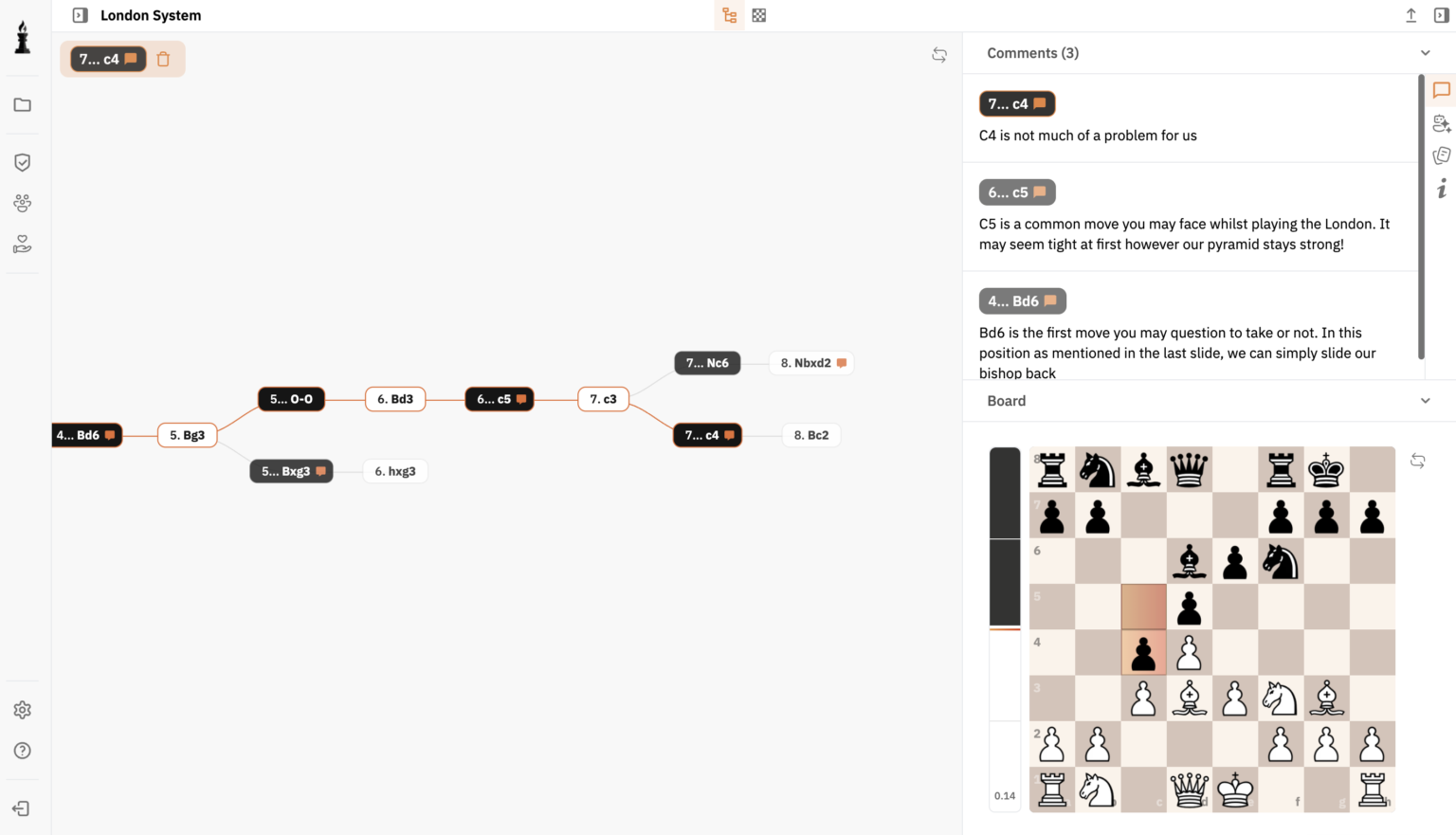The Evolution of Chess Strategy Through Iconic Players
The landscape of chess strategy has evolved significantly over centuries, shaped by the contributions of iconic players whose innovations and adaptations set the stage for future generations. Examining the lives and games of these historical figures provides valuable insights into the development of strategic concepts in chess.
The Influence of Francois-André Danican Philidor
Francois-André Danican Philidor, acclaimed for his revolutionary approach to chess, emphasized the importance of pawn play in strategic planning. His famous dictum, “Pawns are the soul of chess,” highlighted the significance of pawn structures in dictating the tempo and flow of the game, impacting countless players and strategic formulations thereafter. His works link naturally with the development of advanced strategies involving the pawn structure.
Philidor’s Legacy and the Italian School
The Italian School of chess capitalized on Philidor’s insights, promoting aggressive openings and tactical play. This approach highlighted the interplay of minor pieces and their coordination with pawns in the early game, showcasing an essential understanding developed by Philidor and expanded upon by players like Gioachino Greco.
Ruy Lopez and Classical Chess Foundations
Another cornerstone of chess strategy is credited to Ruy Lopez, whose work laid the groundwork for the classical understanding of open games, positioning, and central control. The Ruy Lopez opening remains a staple in chess repertoires, continuing to offer rich strategic lessons for modern players.
The Renaissance Impact of Johannes Zukertort
Johannes Zukertort was part of the romantic era of chess, where bold sacrifices and daring tactics reigned supreme. His combinational style provided key insights into tactical motifs such as forks and skewers, deepening players’ understanding of tactical possibilities within complex positions.
Howard Staunton’s Contributions to Chess Theory
An instrumental figure in standardizing the rules and presentation of chess, Howard Staunton also contributed to strategic depth, focusing on controlling the center and steady, methodical play. His insights fostered a deeper respect for disciplined setup and strategic planning that resonated into the modern era.
Louis-Charles Mahé de La Bourdonnais: Aggressive Play Evolution
Louis-Charles Mahé de La Bourdonnais is remembered for thrilling matches that showcased creativity and inventiveness in attack. His style accentuated the possibilities inherent in major piece dynamics, teaching players to leverage the full power of rooks and queens.
Mikhail Chigorin and the Russian School
Mikhail Chigorin played a pivotal role in developing the Russian School of chess, which blended profound positional understanding with aggressive intentions. His legacy includes the popularization of the Chigorin Defense and championing strategic patterns that embraced dynamic piece play.
Carl Jaenisch’s Theoretical Advancements
Carl Jaenisch made significant contributions to opening theory, especially focusing on gambits that involve calculated risks for long-term benefits. His explorations prompted a deeper understanding of the balance between material sacrifice and positional gain, influencing the way players deploy the gambit strategy.
Chess’s Ongoing Legacy and the Role of Technology
Modern technological advancements, embodied by engines like Stockfish, continuously refine our understanding of the game, building upon foundations laid by historical figures. These digital tools offer unprecedented opportunities to simulate, study, and apply diverse strategic concepts in real-time, further enriching chess’s evolving narrative.
Historical players laid the groundwork for modern chess strategy by introducing foundational concepts such as centralized control, pawn structure significance, and the interplay between tactical and positional play.
The Italian School emphasized aggressive, tactical openings and minor piece coordination, significantly influencing early development in chess strategies and contributing to dynamic play styles.
Technology, particularly chess engines like Stockfish, has revolutionized chess by providing players with analysis tools and fostering deeper understanding of strategic and tactical configurations in real-time.
Understanding chess history is crucial for strategic development as it highlights successful strategies and mistakes of the past, offering contemporary players valuable lessons that can guide future play.





